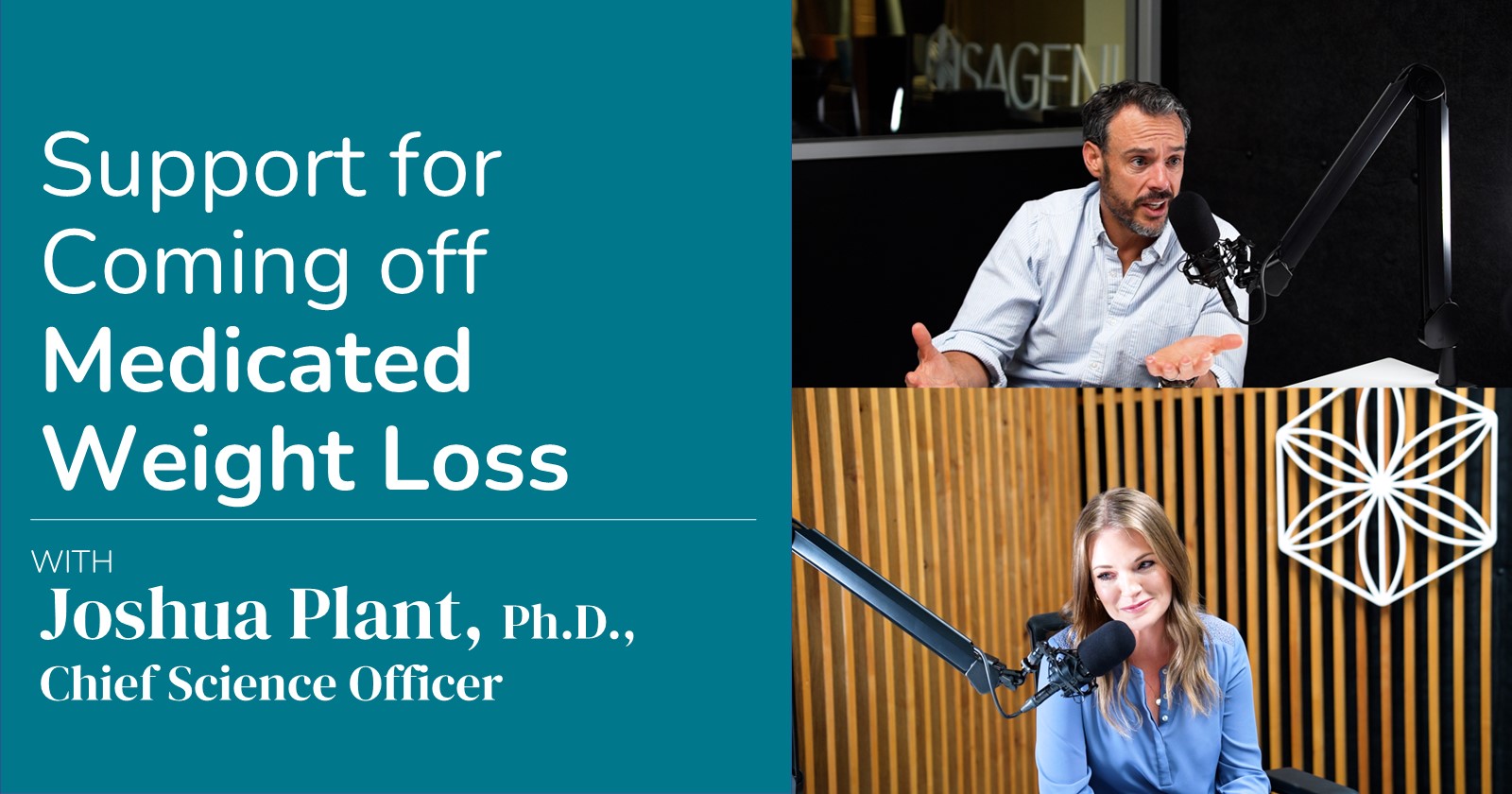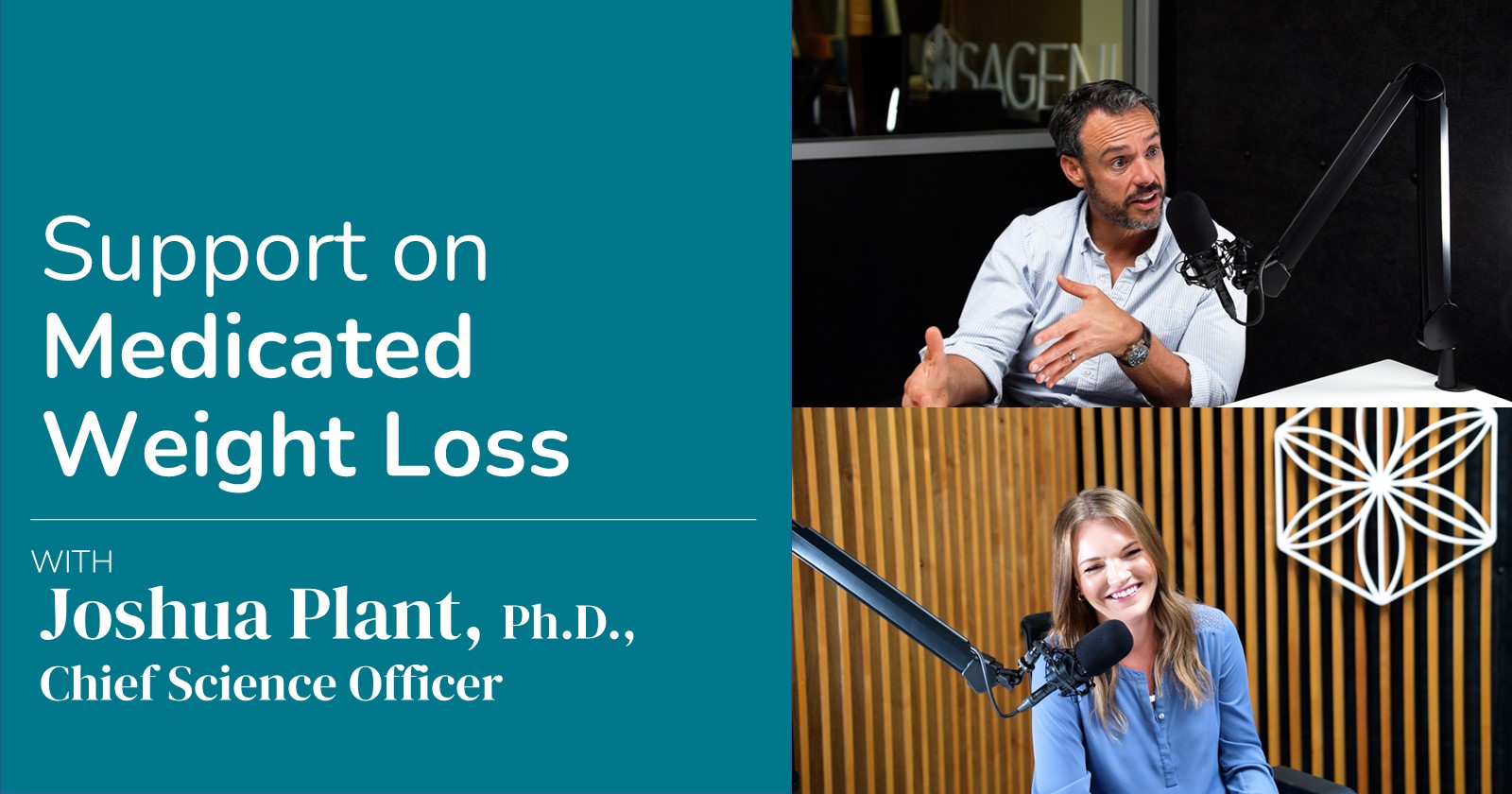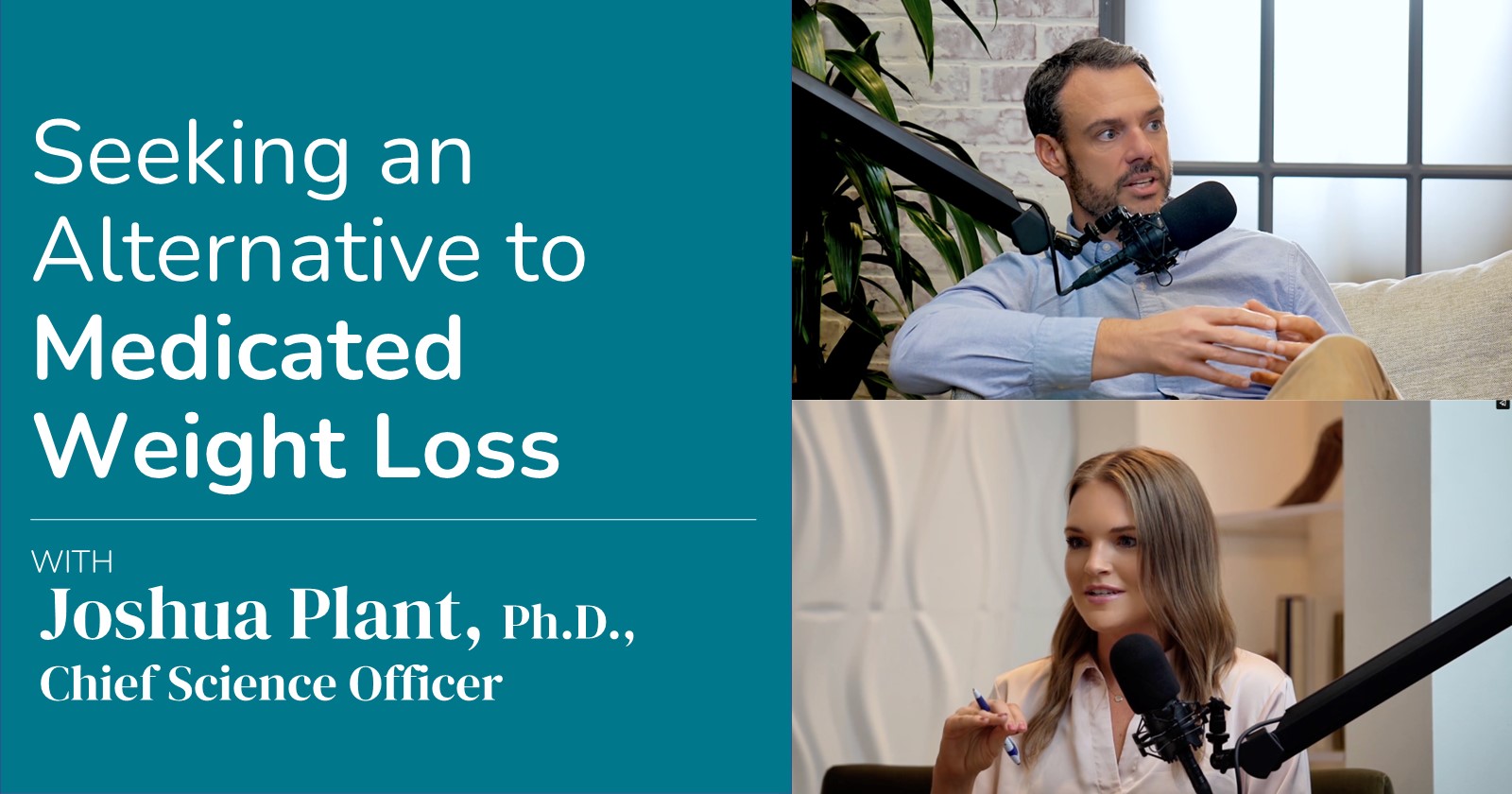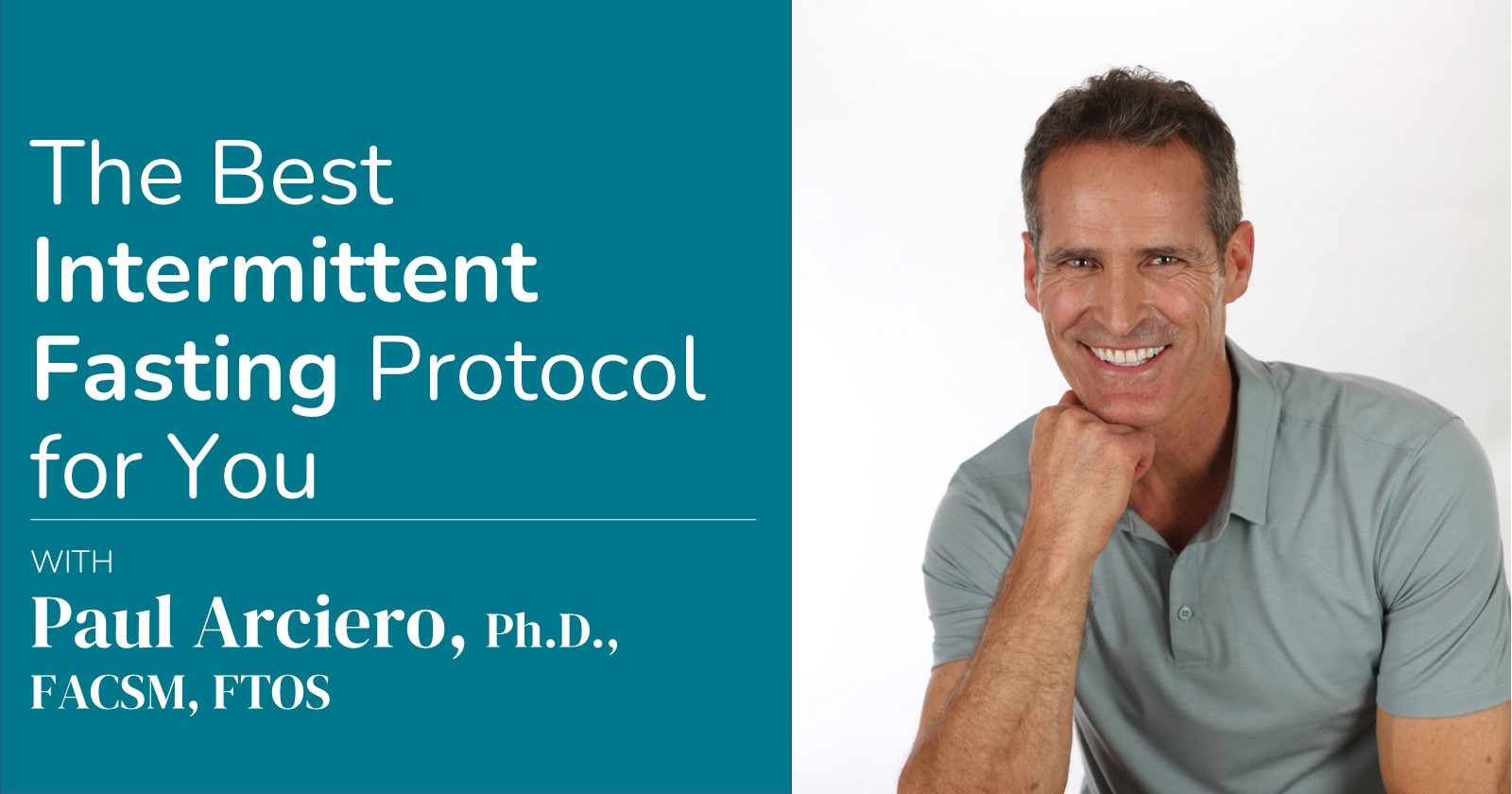Nutritional cleansing with Isagenix can be adapted to fit anyone’s goals and personal needs. Since you have the option to choose one or two Cleanse Days per week as part of an Isagenix System, it’s common to wonder whether one or two Cleanse Days will be more beneficial.
The answer: There’s no single perfect way to cleanse.
You can get great benefits with whichever option you choose. However, there are some important guidelines (see the System Guide for Weight-Loss) to help you get the most out of your Cleanse Days.
The Stages of Cleansing
Cleanse Days with Isagenix are based on a concept that scientists refer to as intermittent fasting and involves either one or two days each week where you’ll abstain from most food. Cleanse Days are different from ordinary fasting because of the nutritional support that your body receives from Cleanse for Life® and the other nutrient-packed products that you use to nourish your body. These Cleanse Day support products include Snack Bites™, IsaDelights®, and Ionix® Supreme, to name a few.
Your body goes through two different stages during a Cleanse Day. These stages relate to the physiology of fasting and are based on the amount of time that has passed since your last meal. Of course, the length of time that it takes to go through each stage is a little different for every person, so these time frames are a general estimate.
The Cleanse Day guideline is to choose either one or two Cleanse Days weekly. The reason is that this window of time is when you can receive the greatest benefits from cleansing. You can cleanse for a shorter period of time, especially if you are new to cleansing, but you should never go longer than two days for reasons that are explained below (See What Happens When You Fast Too Long?).
Stage One: Postabsorptive State
Every time you eat, your body digests and absorbs the food you consume, then transports the nutrients to all of your cells through the blood stream. After a meal, it takes your body around three hours to either use or store all of the nutrients that you consumed. While everyone is a little different, the first stage of cleansing begins at this point, which is called the postabsorptive state.
During this first stage, the body uses up the readily available nutrients from your most recent meal and begins to draw on stored nutrients for energy to keep blood sugar levels steady. When you’re cleansing, the postabsorptive state begins around three hours and lasts for about 12 to 18 hours after a meal. Imagine that you eat dinner in the evening and plan to start your Cleanse Day the following morning. You’ll pass through most of this phase overnight while you are sleeping, with the postabsorptive phase concluding some time in the morning or early afternoon, depending on when you had dinner the previous night.
Stage Two: Fasting State
The second stage of a Cleanse Day is called the fasting state. This stage begins at around 12 to 18 hours after your last meal and ends when you have been cleansing for over 48 hours. During the fasting state, your body is burning fat as your primary source of energy, although you still need a small amount of sugar to fuel your metabolism, too. Your body can store a limited amount of sugar in a form called glycogen, but this source is already running low by the time your body enters the fasting state.
One of the reasons why Cleanse Day support products are so important is that, among other nourishing ingredients, they contain a small amount of carbohydrate to provide steady nutrition to help fuel your metabolism, satisfy hunger, and reduce cravings. By supplying a targeted amount of carbohydrate as a modest amount of calories, the cleansing process is not disrupted.
Picture what is happening in your body during the fasting state of your Cleanse Day: Your body transitions from the postabsorptive state in stage one to the fasting state during stage two after using up the nutrients from your most recent meal. Your body is now burning through fat to generate most of your energy. A sign of rapid fat breakdown is when the body starts to produce ketones for energy as a mild form of ketosis (note: ketosis should not be confused with ketoacidosis, which is a metabolic complication generally related to diabetes when ketone bodies are in dangerously high concentrations).
By consuming your regularly spaced servings of Cleanse for Life and other cleanse support products, you are providing your body with a steady source of nutrition while also keeping calories low.
There are some great health benefits to completing stage one of cleansing. However, entering stage two helps trigger many of the principal benefits of Cleanse Days. Your body spends the majority of the first day of cleansing and all of the second day of cleansing in this stage, so both a one-day and a two-day cleanse will trigger these benefits. It’s not necessary to do two days to generate these benefits.
What Happens When You Fast Too Long?
If fasting continues for much more than two days, your body will stop receiving benefits and instead experience detriment. During both stage one and stage two (the postabsorptive and fasting stages), the body uses stored nutrients and energy to support normal metabolism. However, when fasting continues beyond day two and into day three, your body puts on the brakes, slowing your metabolism to a crawl.
The body enters a metabolic state that is something like a power-saving mode. Metabolism slows down as your body prepares for an extended period of time without food. This stage is called adapted starvation, and is not beneficial for supporting general health or for weight loss. It’s the reason why Cleanse Days should be limited to only one or two days and never be longer than that. Fasting for more than two days slows metabolism and works against good health and fat loss.
The Window for Optimal Cleansing Benefits
Cleanse Days are flexible and, as long as you follow some basic guidelines, you can choose your way to cleanse. If you are new to Cleanse Days, there is no harm in starting out with a shorter period of time, for example 12 to 18 hours. The shorter time frame can be a great way to slowly ease into Cleanse Days to build skill and confidence. There’s certainly no benefit to going longer than two days. In fact, going significantly beyond two days will hamper your progress and should never be recommended. Nutritionally supported fasting through regular Cleanse Days, however, can offer great benefits for your overall well-being and help you to reach your weight-loss goals when you follow these guidelines for success.
References
Gropper SS, Smith JL, Groff JL. Advanced Nutrition and Human Metabolism. 5th ed. Belmont, CA: Wadsworth Cengage Learning; 2009.





